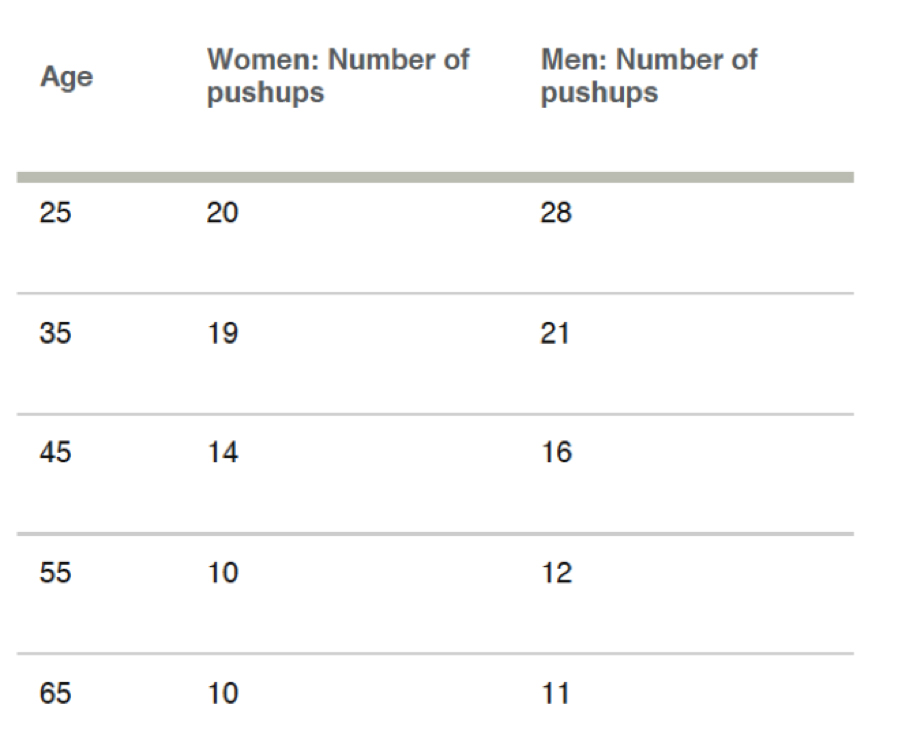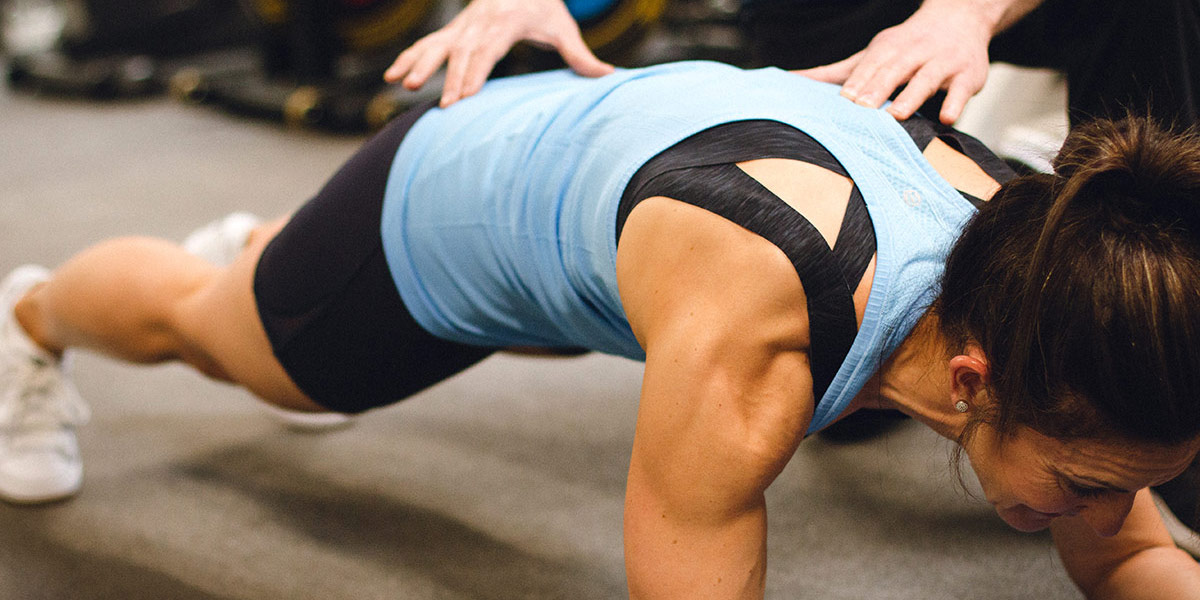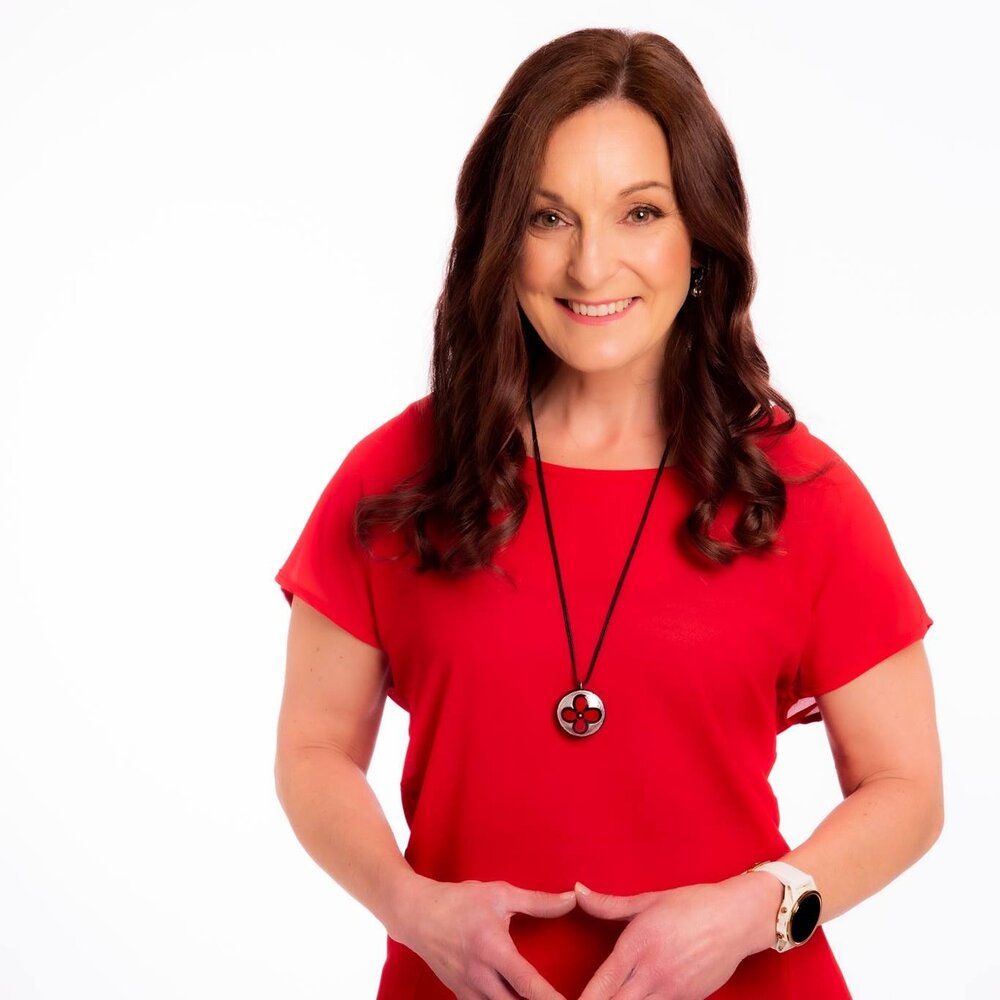“Is there a simple way to know if my workout is making me fitter and how do I know it’s not causing me harm?”
We’ve all been there, working out but not sure if we are making significant progress and beginning to wonder if the exercise itself is causing that niggle, that we keep trying to ignore.
Not every workout works for everyone, but for our long-term health it’s vital that we don’t stop exercising all together.
Today, your mobile device can help you become a fitter and healthier you, with some great health and fitness apps that cost next to nothing. The benefits to your fitness are that you can easily keep track of how often you’ve exercised, get free workout ideas and monitor your diet everyday.
However, the cons are that these apps are generic and don’t take into consideration your body’s movement capabilities, strengths and imbalances. Which means that the exercises themselves could be doing you more harm than good, as I discovered a few years back.
Having signed up for a half-marathon I decided to go it alone on my run training and downloaded the basic run training app put together by the races sponsor. I diligently followed the training regime and as the training progressed I was surprised to find that there were no short or medium threshold or interval runs included, just lots and lots…and lots of kilometres of steady state, that is, all at one speed, fairly lengthy runs.
It’s true to say that interval running, where you up the pace for a few kilometres then drop back, is the secret sauce to running success , but make no mistake it’s tough. So, on the one hand I was glad there were none in the program. However, it did ring a few alarm bells and in hindsight I should’ve taken notice.
Here’s the thing, it’s not that the program didn’t work, I completed the race and shaved a couple of minutes off my personal best. The problem was I broke the navicular bone in my foot in the process. A stress fracture of the navicular is caused by overuse or repetitive strain, usually from high impact sports such as sprinting, hurdling and jumping. Or in my case, lots and lots…and lots of kilometres.
Two Elephants in the Room
It’s possible then that your exercise could be ineffective because it doesn’t give you results or it could get you a result but cause you harm. Let’s look at these problems one at a time.
How to Assess Your Fitness Level at Home.
You probably have some idea of how fit you are. But knowing the specifics can help you set realistic fitness goals, monitor your progress, maintain your motivation. And ultimately, measure your result. Once you know your starting point, you can plan where you want to go.
Get started with the simple assessment below.
Generally, fitness is assessed in four key areas: aerobic fitness, muscular strength and endurance, flexibility, and body composition. To do your assessment, you’ll need:
- A watch that can measure seconds or a stopwatch
- A soft measuring tape
- A tape measure (the kind you use for DIY)
- Scales
- Someone to help you record your scores and count repetitions
You’ll also need a pencil or pen and paper to record your scores as you complete each part of the assessment.
Test 1 – Heart Rate at Rest
Your heart rate at rest is a measure of heart health and fitness. For most adults, a healthy heart rate is 60 to 100 beats a minute. Take your pulse at your neck or wrist. When you feel your pulse, look at your watch and count the number of beats in 15 seconds and times this by 4 to give you your beats per minute.
Test 2 – Aerobic Fitness
To assess your aerobic fitness time yourself on a 1.5-mile (2.4-kilometer) run or jog. The following times are generally considered indicators of a good fitness level based on age and sex. A lower time generally indicates better aerobic fitness, and a higher time suggests a need for improvement.

Test 3 – Muscular Strength and Endurance
Pushups can help you measure muscular strength and endurance. If you’re just starting a fitness program, do modified pushups on your knees. If you’re generally fit, do classic pushups.
The following counts are generally considered indicators of a good fitness level based on age and sex. If your pushup count is below the target number, the target can serve as a goal to work toward. Counts above the targets indicate better fitness.

Test 4 – Flexibility
The sit-and-reach test is a simple way to measure the flexibility of the back of your legs, hips and lower back. Here’s how:
- Place a tape measure on the floor. Secure it by placing a piece of tape across the tape measure at the 15-inch (38cms) mark.
- Place the soles of your feet even with the 15-inch (38cms) mark on the tape measure.
- Slowly reach forward as far as you can, exhaling as you reach and holding the position for at least 1 second.
- Note the distance you reached. (Don’t bounce just reach)
- Repeat the test two more times.
- Record the best of the three reaches.
Test 5 – Physique Measurements
- Waist – measure the circumference of your waist at your belly bottom.
- Bicep – measure the circumference of your bicep at its peak.
- Weigh yourself on the scales.
Record Your Progress
Keep track of your progress in improving your fitness. Take the same measurements about six weeks after you begin an exercise program and periodically afterward. Each time you repeat your assessment, celebrate your progress and adjust your fitness goals accordingly.
How to Prevent Injury From Happening
To help people understand more about their specific exercise requirements and how their particular biomechanics could be affecting this, it’s a great idea to speak to your Personal Trainer about having an in-depth exercise and movement appraisal.
These consultations, help assess your body’s movement capabilities, strengths & weaknesses. In my practice we take a joint by joint approach. This approach is not only thorough but gives insight into what exercise is perfect for you and what should be avoided.
From this appointment your Personal Trainer will be able to write you a tailor-made exercise prescription. This prescription will help you build up your imbalances, increase your mobility and ensure that each and every exercise is beneficial to you. And will also help keep you from exercise harm.
It’s especially important if you’ve never had an assessment done before or are returning to exercise after injury or a long break. And the great news is that having your own tailor-made prescription won’t just mean you’ll gain a better functioning body, it will also improve the activities you currently do.
So whether you want to hit the ball longer, play rough and tumble with the Grandkids without putting your back out, or create a more efficient running gait, a tailor made exercise prescription will help.
If you’d like more information on exercise testing or movement appraisal and how it could help you why not book in for a FREE 30-minute One-to-One.


